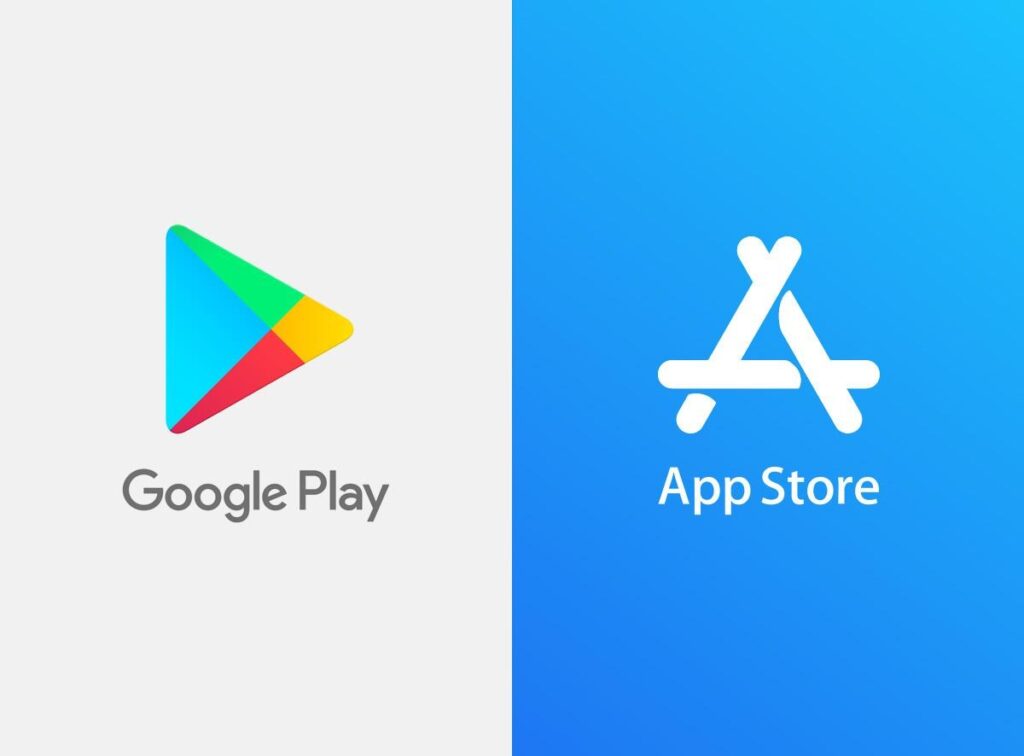In today’s fast-paced commercial landscape, an efficient, secure, and user-friendly payment system isn’t just an operational necessity—it’s the backbone of customer trust and business growth. The digital age demands that businesses not only keep up with the latest payment technologies but also ensure their systems are robust and flexible enough to adapt to emerging trends and customer preferences.
We prepared 10 essential tips to modernize your payment system, streamline transactions, and enhance customer satisfaction. This encompasses not only embracing the digital but also refining the tangible aspects, such as the “card machine for business,” which remains a pivotal element in facilitating seamless transactions.
1. Embrace Multiple Payment Methods

The diversity of today’s payment landscape demands that businesses adopt a multifaceted approach to payment options. Offering a variety of methods not only caters to the individual preferences of your customers but also positions your business as an accessible and customer-centric brand.
From digital wallets like Apple Pay and Google Wallet to cryptocurrencies and traditional credit/debit card payments, the breadth of your options can significantly influence your market reach and customer retention. Integrating these varied methods ensures your business remains relevant and appealing to a broad audience, ultimately fostering inclusivity and convenience.
2. Prioritize Security
In an era where digital transactions are fraught with security risks, ensuring the sanctity of customer data and transactional security isn’t just important—it’s paramount. A single security breach can have catastrophic consequences, eroding customer trust and inflicting long-term damage on your brand’s reputation.
Advanced security measures such as end-to-end encryption, tokenization, and multi-factor authentication not only fortify your payment system against attacks but also reassure customers about the safety of their data. Adhering to and exceeding industry security standards, such as the PCI DSS, reassures customers and partners alike of your commitment to maintaining a secure transaction environment.
3. Invest in a Seamless User Experience

A cumbersome or unintuitive payment process is a critical barrier to completing transactions. Customers today expect a frictionless checkout experience that gets them from selection to confirmation with speed and ease. Simplifying the process with a streamlined, intuitive design and minimalistic steps can drastically reduce cart abandonment and amplify conversion rates.
Incorporating features such as one-click purchasing and the ability to remember payment information for future use not only enhances efficiency but also elevates the overall customer experience, making your payment system a competitive differentiator.
4. Go Mobile
The ubiquity of smartphones has made mobile optimization a non-negotiable aspect of modern payment systems. A mobile-friendly payment experience is vital, as an increasing volume of transactions are conducted on mobile devices.
This entails not just mobile-responsive web design but also the integration of mobile-specific solutions that offer the pinnacle of convenience, speed, and security for on-the-go transactions. A mobile-optimized payment system ensures that you’re not alienating a significant segment of the market that prefers using smartphones for online purchases.
5. Leverage Analytics and Feedback
Data is the lifeblood of continuous improvement, especially in optimizing payment systems. Utilizing analytics to monitor how customers interact with your system can unearth invaluable insights into areas ripe for enhancement.
Tracking metrics like abandonment rates, preferred payment methods, and transaction completion times helps identify bottlenecks and opportunities for simplification. Coupled with direct customer feedback, analytics can guide iterative improvements, ensuring your system remains aligned with user needs and expectations.
6. Consider Subscription Models

The subscription economy has revolutionized how businesses offer and customers consume products and services. For businesses with a recurring revenue model, integrating a robust subscription management system into your payment solutions can enhance customer convenience and ensure a predictable, steady revenue stream.
It’s essential to offer automated billing, flexible subscription plans, and an easy management interface for both the business and its customers. Such features not only streamline operations but also cater to the growing consumer preference for subscription-based services.
7. Offer Global Payments
As businesses expand their reach beyond local markets, the ability to process payments in multiple currencies and adhere to international standards becomes crucial. A payment system that can effortlessly handle cross-border transactions without exorbitant fees or complicated currency conversions can significantly enhance your global market presence.
Collaborating with payment processors that offer extensive international capabilities simplifies the complexities associated with global commerce, making it easier for customers around the world to purchase your products and services.
8. Maintain Transparency

Transparency in payment processes fosters trust and loyalty among customers. Unexpected fees, hidden charges, or convoluted payment terms can deter potential sales and damage your brand’s integrity. Clearly outlining all costs associated with a transaction, including taxes, shipping fees, and any other charges, ensures customers feel informed and respected.
This level of openness not only prevents post-purchase dissatisfaction but also builds a foundation of trust and transparency between your business and its customers.
9. Stay Compliant
Navigating the complex landscape of regulatory compliance is essential for any business operating in the digital payments space. Compliance isn’t just about adhering to laws and regulations; it’s a commitment to operating your business with integrity and in the best interest of your customers.
Staying abreast of changes in payment regulations and ensuring your system is updated accordingly is crucial for avoiding legal pitfalls and maintaining a reputable business practice. Regular compliance checks and audits are instrumental in ensuring your payment system meets all required standards and best practices.
10. Embrace Innovation

Staying informed and open to innovation is key to maintaining a competitive edge. New advancements, whether it’s blockchain for enhancing security and transparency or artificial intelligence for fraud detection, can offer significant benefits to your payment system.
Being proactive in exploring and integrating new technologies not only improves the efficiency and security of your payment processes but also signals to your customers and competitors that you are a forward-thinking business ready to adapt to the future.
In Summary
Revamping your payment system is not just an operational upgrade but a strategic imperative that can significantly influence your business’s trajectory and customer relationships. By embracing a comprehensive approach that includes expanding payment methods, prioritizing security, enhancing user experience, and staying abreast of technological advancements, you can create a system that not only meets the current expectations of your customers but is also poised to adapt to future trends.







